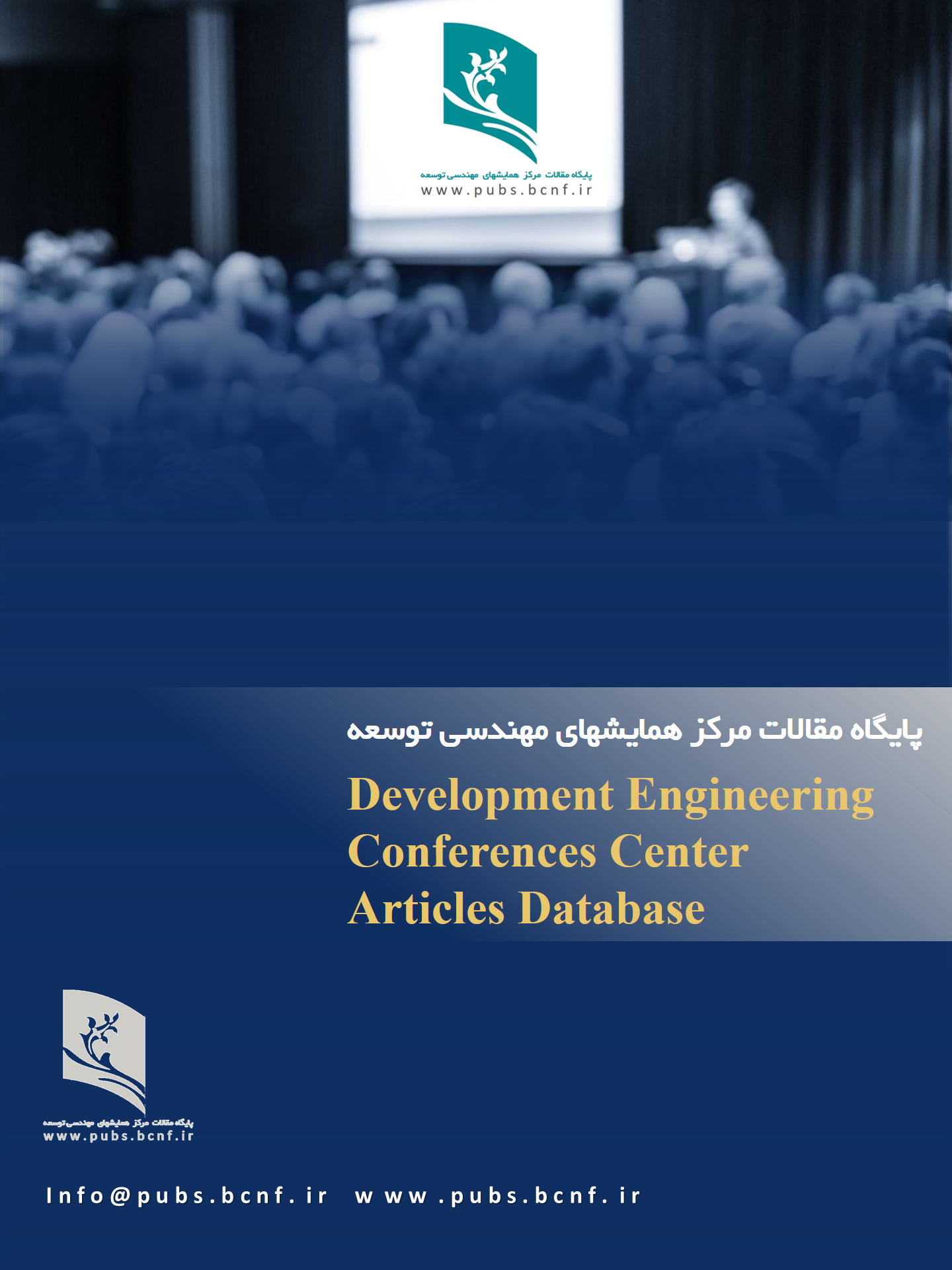Trademarks: A Comparative Analysis of Unauthorized Use in Iran, South Korea, and China
DOI:
https://doi.org/10.5281/zenodo.17099561Keywords:
Trademark, Registration Offenses, Trademark RegistrationAbstract
Trademarks, a well-established and defining phenomenon in the realm of commerce and business, fall under the umbrella of intellectual property rights and serve a variety of functions. This legal construct, employed to distinguish between the goods, products, and services of individuals by identifying their producer and source, encompasses a diverse range of types based on various criteria. Trademark registration grants the holder exclusive rights, including the prohibition of unauthorized use by others. Consequently, one instance of infringement of trademark rights is the unauthorized use of another's registered trademark. This criminal act, which can manifest in various forms, is subject to specific conditions and elements for its realization. Moreover, the legislatures of Iran, South Korea, and China have also provided protection for trademark holders against infringing acts, establishing corresponding legal remedies. This research delves into the conditions for the realization and legal consequences of this offense, examining the judicial practices and relevant laws of Iran, South Korea, and China. Finally, it offers several strategies for preventing such infringements.
Downloads
References
[1] Sistani, J. (2018). Understanding Trademarks in the Iranian Legal System with a View to International Conventions. Comparative Law and Justice Research, 1(1), 101-126.
[2] Shakeri, Z., Shahkarami, S. H. (2022). Examining the Application of Artificial Intelligence in the Trademark Legal System. Public Policy, 31(8), 28-39.
[3] Esfandiari, T. (2021). Manifestations of Trademark Infringement (with Emphasis on Judicial Practice). Legal Advocate, 21(11), 19-44.
[4] Ja'far, Nezamolmulki, Hasan'ali, Moazenzadeh. (2018). The Crime of Infringement of Trademark Rights in Iranian Law with a Look at the TRIPS Agreement. Journal of Criminal Law, 9(2(Continuous 18)), 233-258.
[5] Madani, M., Farokhi, Z. (2018). Comparative Study of Trademark Infringement Elements in Iranian and American Law. Private Law Research, 6(24), 95-121. https://doi.org/10.22054/jplr.2018.22426.1575
[6] Najafi, H., Sadeghi, M., & Shahbazinia, M. (2022). Indirect Trademark Infringement: Policy Considerations under US and Iranian Law. Journal of Intellectual Property Rights (JIPR), 26(6), Article 6. https://doi.org/10.56042/jipr.v26i6.25174
[7] Milani, A., & Ahmadi, A. (2018). Enforcement of intellectual property rights in Iran in the light of TRIPS agreement. World Customs Journal, 12(2), 51-62.
[8] KIPO. (2020). Korean Intellectual Property Office. https://www.kipo.go.kr/en/MainApp?c=1000
[9] Apple and Samsung end patent fight after seven long years. (2018, June 27). https://www.bbc.com/news/business-44633489
[10] ISNA. (2012, August 26). Samsung's $1 billion fine to Apple. ISNA; ISNA News Agency | Main Page | ISNA News Agency. https://www.isna.ir/news/91060502282/غرامت-یک-میلیارد-دلاری-سامسونگ-به-اپل
[11] IPR in China. (n.d.). Retrieved May 10, 2024, from http://chinaipr.mofcom.gov.cn/
[12] Hancock, T. (2017, August 23). New Balance wins $1.5m damages for China logo infringement



